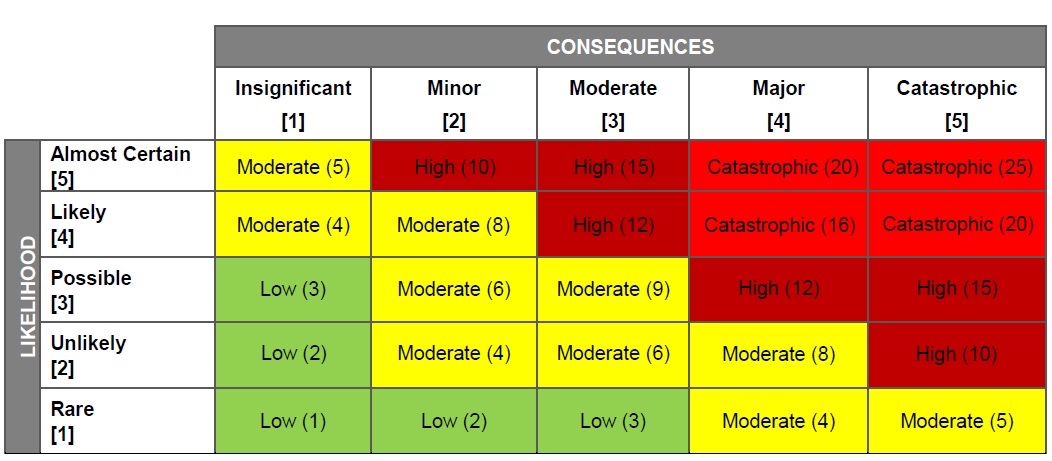Information
-
Job
-
Client / Builder
-
Location
-
Conducted on
-
Prepared by
-
Additional Worker
HAZARDS
-
Power Tools
-
Ladders
-
Manual Handling
-
Confined Spaces
-
Live Power
-
Working At Heights
-
Weather Conditions
-
Excavation
-
Falling Objects
-
Moving Plant
-
Noise
-
Access / Egress
-
Asbestos
-
Working in Trenches
-
Dust
-
Scaffolding (Compliant Ticket/ Inspection)
-
UV Radiation
-
Other Identified Hazards ?
-
Other hazard:
SWMS
-
Working on or near Exposed Energized Electrical Equipment
-
Heights
-
Confined Spaces
-
Slips, Trips, Cuts & Falls
-
Working Near Overhead Powerlines
-
Plant
-
Excavation and Trenching
-
Asbestos
-
Hazardous Substances
-
Demolition
-
Working on or near a road
PROCEDURES
-
Live Testing
-
PPE Management
-
Risk Management and Hazard Intervention
-
Visual Safety Examination Inspection
-
Ladders
-
Electrical Safety (general)
-
Inspection of safety equipment
-
Testing of Electrical Equipment and Installation
-
Manual Handling
-
Work on Electrical Equipment
-
Heights
-
Emergency Procedures
-
CCICR (ceiling, crawling & conductive roofs)
-
Housekeeping
-
Noise Management
-
Plant and Equipment
-
Working in the sun
-
Testing and Tagging
-
Hazardous Substances Management
-
Working in the Vicinity of Exposed Live Parts
-
Excavation and Trenching
-
Safe working with Asbestos
LiCENCES AND EQUIPMENT
-
Competency Records / Licences
- electrical licence
- white card
- EWP / Boom >11m lift licence
- other
-
High Risk Plant / Equipment being used
- EWP / Boom Lift >11m
- Scaffold
- Scissor Lift
- Forklift
- Excavator
- Hiab / Crane
- EWP Boom Lift <11m
- Other
- Not Required
-
Other:
RISK ASSESSMENT
-
Job Task
-
Job Steps
-
Access Work Position
-
Set Up Safety System
-
Install Electrical Fixtures/ Appliances
-
Conduct Work At Heights
-
Testing Electrical Fixtures & Appliances
-
Pack Up/ Clean Up & Finalise Operations
Identify Hazards
-
Slips, Trips, Cuts & Falls
-
Unsafe Work Practices
-
Pedestrian Traffic/ Access
-
Poor Housekeeping
-
Equipment/ Tool Failure
-
No Rescue Plan or First Aid Equipment
-
Accessing Ladders
-
Working With or Near Live Electricity
-
Manual Lifting
-
Installation of Electrical Fixtures
-
Upgrading Power Board
-
Failing Equipment/ Plant/ Power Tools
-
Bad Weather
-
Sharp Debris or UV Exposure
-
Fatigue/ Dehydration
-
Re-Isolating Power/ Testing Fixtures & Appliances
-
Initial Risk Level
Control Measures Used to Minimise Risks
-
Ensure workplace is inspected & clear from obstructions
-
Ensure workers are wearing appropriate PPE
-
Ensure first-aid kit is onsite or in vehicle clearly sighted
-
Ensure a fully licensed electrician for fills task duties
-
Ensure power is isolated prior to undertaking task
-
Ensure emergency procedures are in place
-
Ensure exclusion zone & brief public residences
-
Ensure additional PPE & sunscreen is used
-
Ensure all power tools are tested, tagged & serviced (12 months)
-
Ensure (1) first aider with (RTO) Provide First Aid license per (25) workers
-
Ensure all workers onsite are briefed & hold valid White Card License
-
Ensure weather reports are assessed
-
Ensure team lifting procedures used when moving heavy appliances
-
Ensure workers have regular breaks & water
-
Residual Risk Level
-
Risk Likelihood Matrix
-
Risk Decision Tree
-
If the residual risk is High or Catastrophic, permission must be sought by High Level Management for work to proceed.
-
Is the residual risk High or Catastrophic?
-
You must contact (WHS Advisor) before continuing.
CERTIFICATION
-
I certify that the above control measures have been implemented and deemed the site to be safe:
-
Please insert name & signature:
-
Add signature
-
Add signature
-
Add signature








